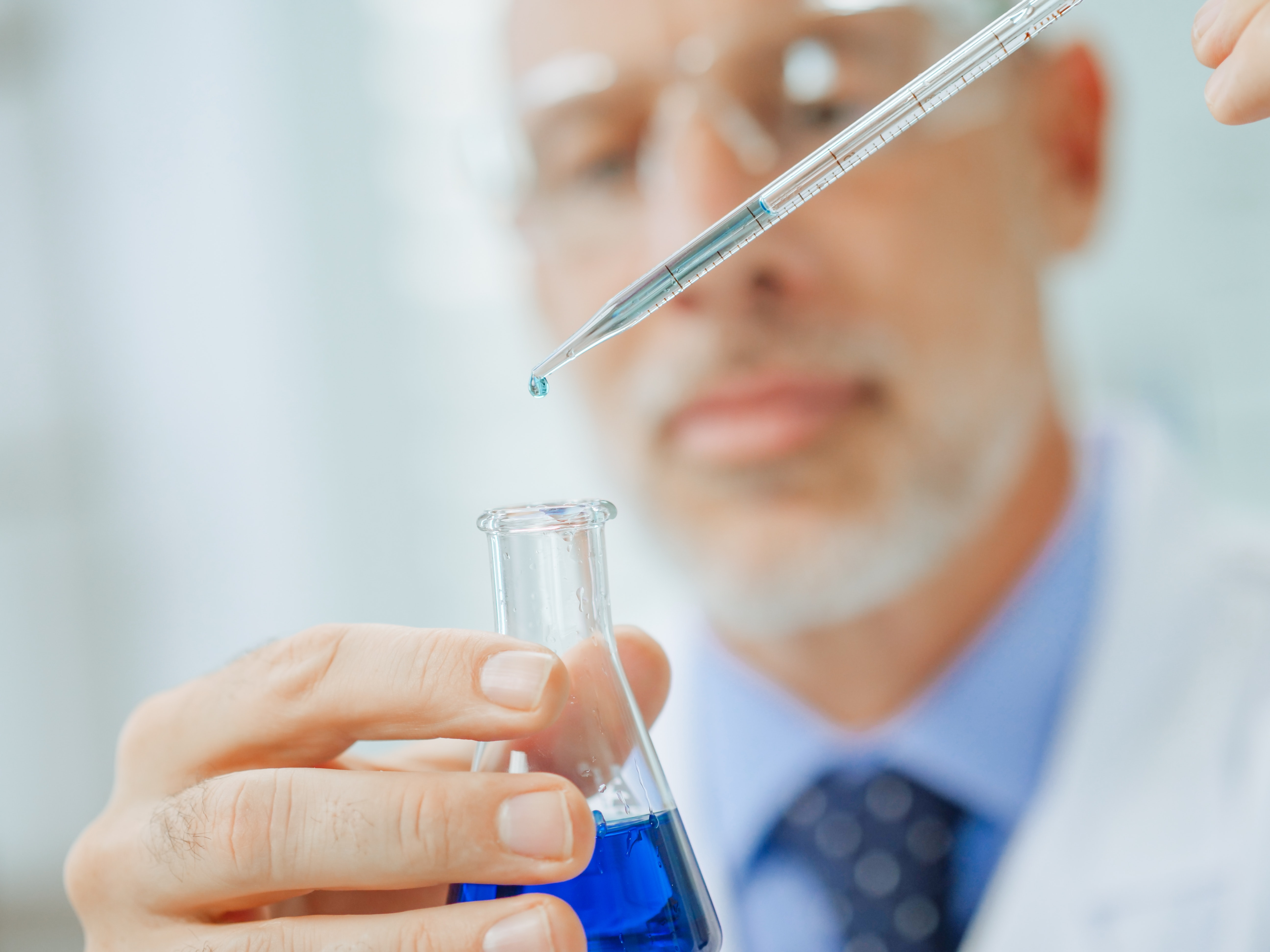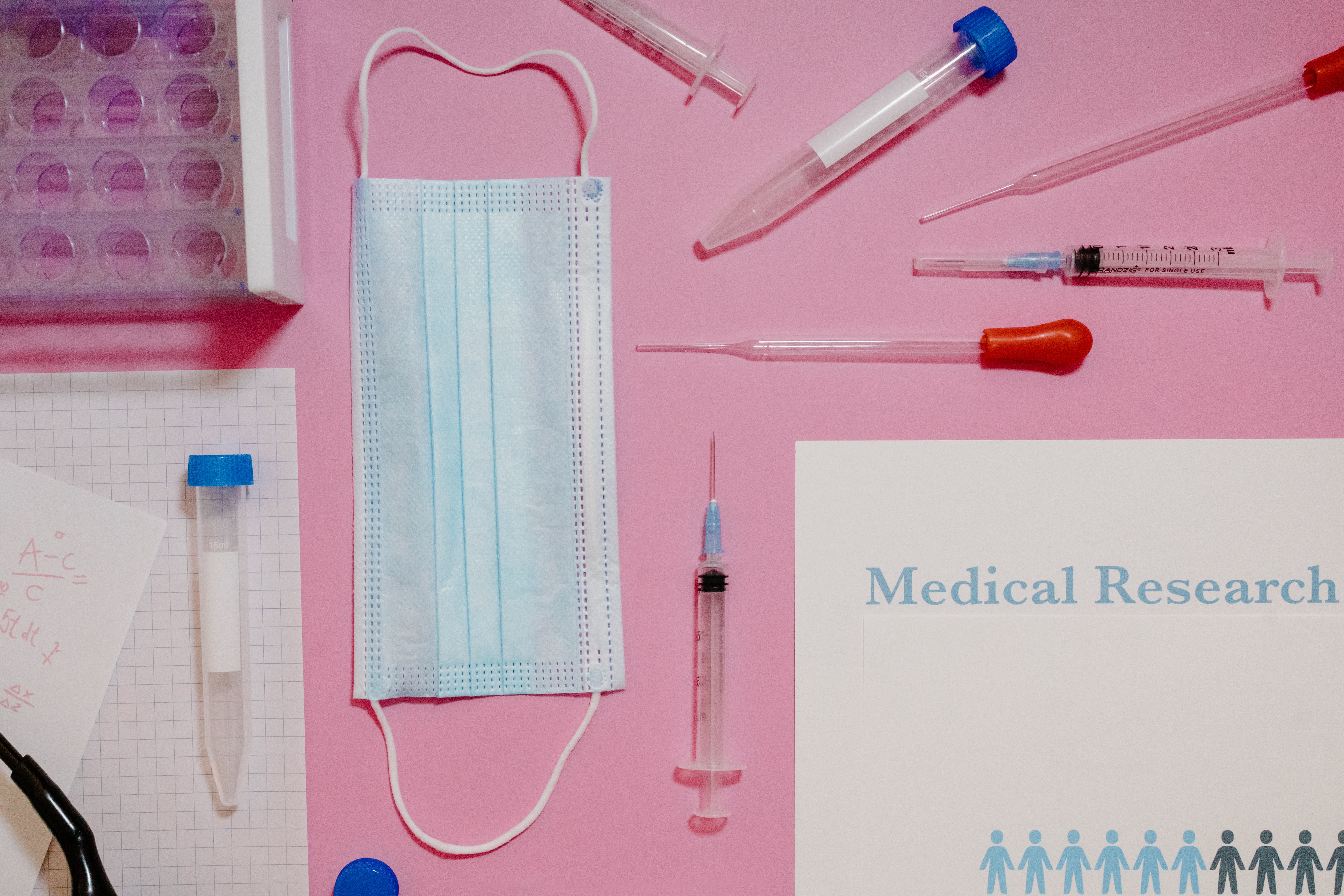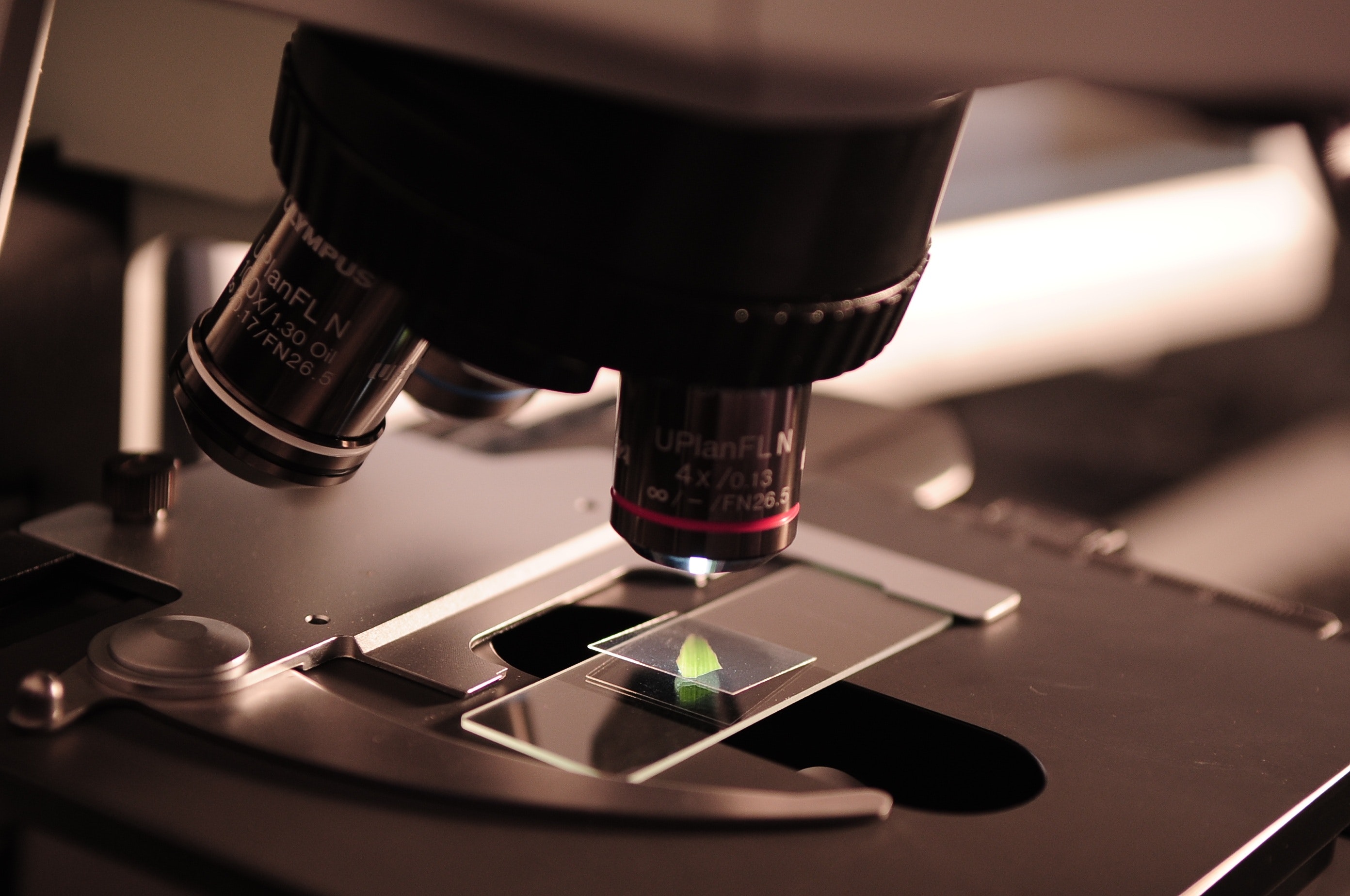Antibiotics revolutionized the world of medicine when they were discovered and became widely available in the mid-twentieth century. Since then, they have saved countless lives and contributed to the eradication of fatal diseases, such as tuberculosis and syphilis. However, the overuse of antibiotics and lack of new discoveries have led to the development of antibiotic resistance, which is rapidly becoming a global threat. As members of the pharmaceutical industry, it is our duty to understand antibiotics fully, including their mechanisms of action, administration, and potential side effects. In this article, we will delve into the world of antibiotics, their benefits and challenges, and highlight ways to mitigate the risks of antibiotic resistance.
What are antibiotics?
Antibiotics are a group of medicines used to treat infections caused by bacteria or fungi. They work by killing or inhibiting the growth and multiplication of harmful microorganisms in the body. Antibiotics can be administered orally, through injections, or topical applications, depending on the type and severity of the infection. Some common examples of antibiotics are penicillin, erythromycin, and tetracycline.
Benefits of antibiotics
The use of antibiotics has significantly reduced the burden of infectious diseases and saved millions of lives worldwide. They are effective in treating bacterial infections, including strep throat, pneumonia, urinary tract infections, and skin infections. Antibiotics are also vital in preventing the spread of infectious diseases, particularly in hospitals and healthcare settings. Additionally, they have contributed to the growth of the food industry by improving animal health, resulting in increased productivity and decreased economic losses due to animal diseases.
Challenges of antibiotics
The overuse and misuse of antibiotics have led to the development of bacterial resistance, where bacteria become resistant to the antibiotics used to treat them. Antibiotic resistance is a growing public health threat, as resistant infections are more challenging and costly to treat, can spread rapidly, and can result in higher morbidity and mortality rates. Furthermore, there are few new antibiotics in development, leading to a concerning gap in our ability to address antibiotic-resistant infections.
Mitigating antibiotic resistance
The pharmaceutical industry has a critical role to play in mitigating and preventing antibiotic resistance. By adopting responsible use strategies, such as prescribing antibiotics only when necessary, selecting the right antibiotic for the infection, and completing the full course of treatment, we can reduce the emergence and spread of resistant bacteria. Investing in research and development to discover new antibiotics and alternative therapies is also critical. Lastly, collaborating with other stakeholders, such as policymakers, healthcare professionals, and patients, will ensure a coordinated global response to antibiotic resistance.
Antibiotics have played a remarkable role in modern medicine, saving countless lives and improving global health. However, the emergence of antibiotic resistance poses a significant public health threat that requires a coordinated effort from all stakeholders in the pharmaceutical industry. By understanding the mechanisms of action, administration, and potential side effects of antibiotics, we can adopt responsible use strategies to reduce the development and spread of antibiotic resistance. Together, through research and development and collaborative efforts, we can ensure the continued efficacy of antibiotics and protect global health.






